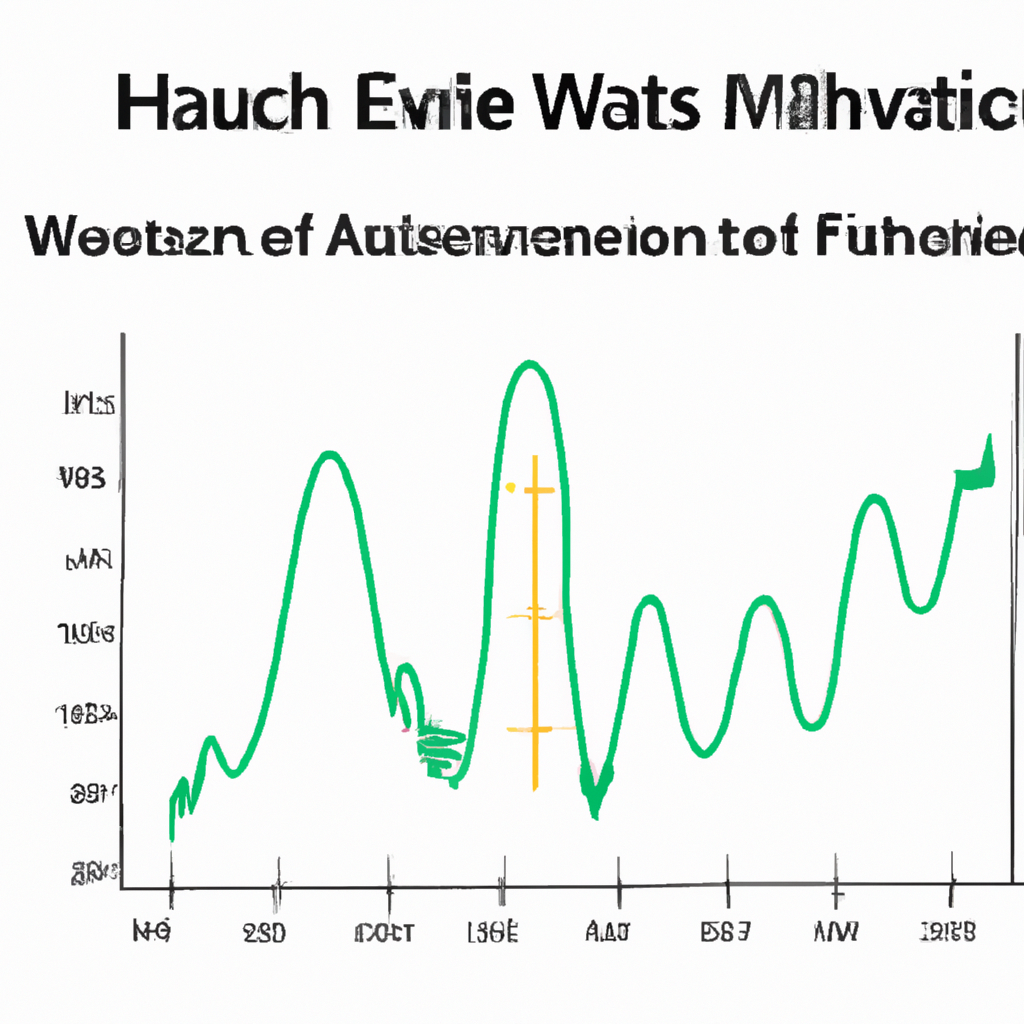
Understanding Elliott Wave Analysis Methods
Elliott Wave analysis is a method used by traders and investors to forecast market trends based on wave patterns. Developed by Ralph Nelson Elliott in the 1930s, this technical analysis tool is based on the theory that market prices move in repetitive patterns or waves. By understanding these patterns, traders can make more informed decisions about when to buy or sell assets.
Basic Principles of Elliott Wave Analysis
There are a few key principles that form the foundation of Elliott Wave analysis:
- Impulse Waves: These are the main upward or downward movements in a market trend. Impulse waves consist of five smaller waves, with three moving in the direction of the trend and two moving against it.
- Corrective Waves: These are the smaller waves that move against the trend. Corrective waves consist of three smaller waves, with two moving in the direction of the trend and one moving against it.
- Fibonacci Ratios: Elliott Wave analysis often uses Fibonacci ratios to measure the length and duration of waves. These ratios can help traders identify potential reversal points in the market.
Steps for Conducting Elliott Wave Analysis
Here are the basic steps for conducting Elliott Wave analysis:
- Identify the Trend: The first step is to identify the overall trend of the market. This will help you determine whether you are in an impulse wave or a corrective wave.
- Count the Waves: Next, count the number of waves in the current trend. Impulse waves consist of five waves, while corrective waves consist of three waves.
- Apply Fibonacci Ratios: Use Fibonacci retracement levels to measure the length and duration of each wave. This can help you identify potential reversal points in the market.
- Confirm the Analysis: Finally, confirm your analysis with other technical indicators or chart patterns. This will help you make more informed trading decisions.
Benefits of Elliott Wave Analysis
There are several benefits to using Elliott Wave analysis in your trading strategy:
- Forecast Market Trends: By understanding wave patterns, you can more accurately forecast market trends and make better trading decisions.
- Identify Reversal Points: Elliott Wave analysis can help you identify potential reversal points in the market, allowing you to enter or exit trades at optimal times.
- Improve Risk Management: By using Elliott Wave analysis, you can better manage your risk and protect your capital in volatile markets.
Overall, Elliott Wave analysis is a powerful tool for traders and investors looking to gain a deeper understanding of market trends and make more informed trading decisions.





